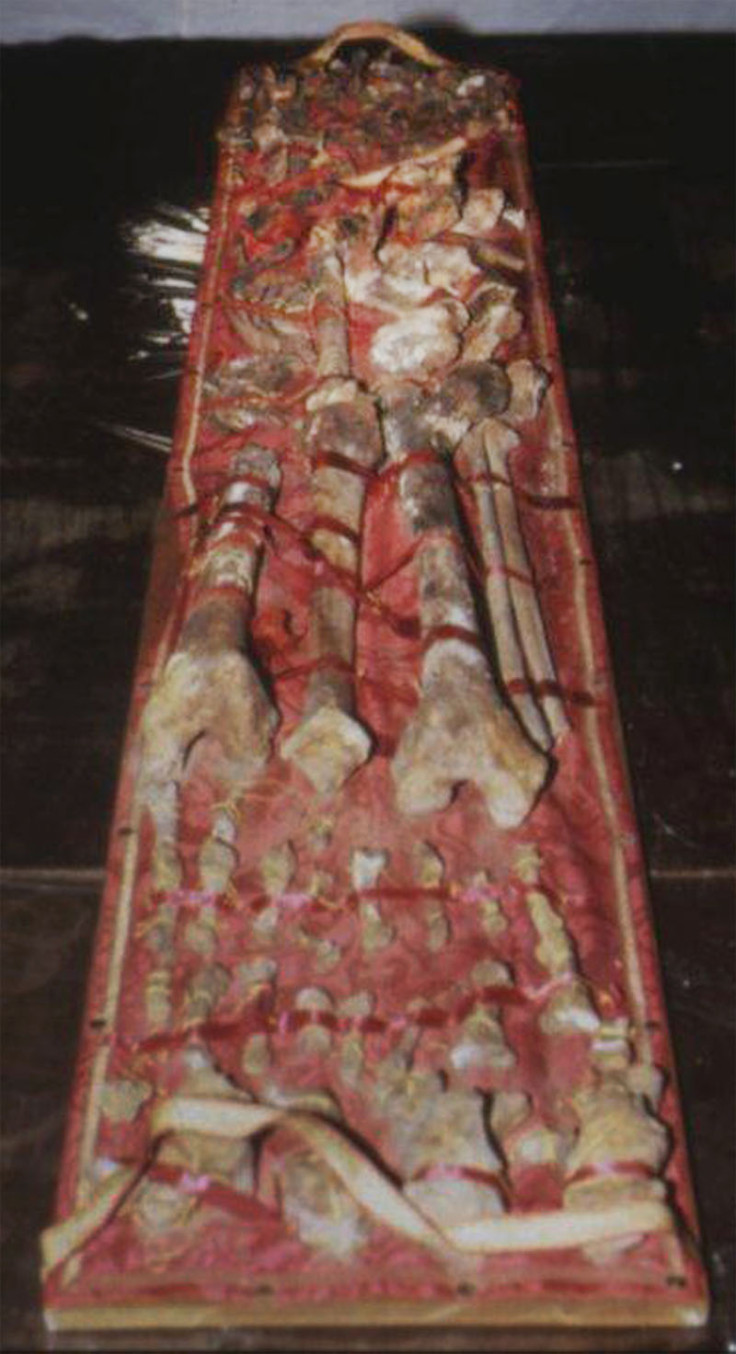Scientists Claim Aachen Cathedral Bones Could Belong to Emperor Charlemagne

German scientists have announced that the bones from Aachen Cathedral they have been studying for 26 years most probably belonged to Emperor Charlemagne, the first emperor in Western Europe who died in 814 AD.
Aachen Cathedral is believed to be the resting place of Charlemagne. Researchers secretly opened what is said to be his sarcophagus in 1988, where they found 94 bones and bone fragments, including parts of a skull in a bust depicting his likeness and a shin bone in a reliquary.
It is thought that the rest of his bones were given away as relics at the time of his death.
"Thanks to the results from 1988 up until today, we can say with great likelihood that we are dealing with the skeleton of Charlemagne," Professor Frank Rühli told German newspaper The Local.
Charlemagne has been described as being tall and thin, with estimates placing his height at between 1.79 metres (5ft 8in) to 1.92 metres tall.
The team of scientists have built up a description of the man by studying the dimensions of the upper arm, thigh and shin bones that fits with previous descriptions, although the skeleton is that of a man and was 1.84 metres tall.

He is estimated to have weighed about 78 kilograms, which would have given him a slim body mass index of 23.
A medieval Frankish biographer Einhard the Frank claimed Charlemagne had walked with a limp in old age. Since scientists found deposits in the skeleton's knee-cap and heel bones which would have been caused by an injury, this fact could well be true.
Charlemagne, also known as Charles the Great, was the King of the Frankish Empire, a confederation of Germanic tribes that existed during the Late Antiquity and Early Middle Ages.
Becoming king in 768 AD, during his reign Charlemagne succeeded in uniting most of Western Europe for the first time since the collapse of the Roman Empire. He was a protector of the papacy and campaigned against the people of nearby lands, forcing them to convert to Christianity or face death.
© Copyright IBTimes 2025. All rights reserved.






















